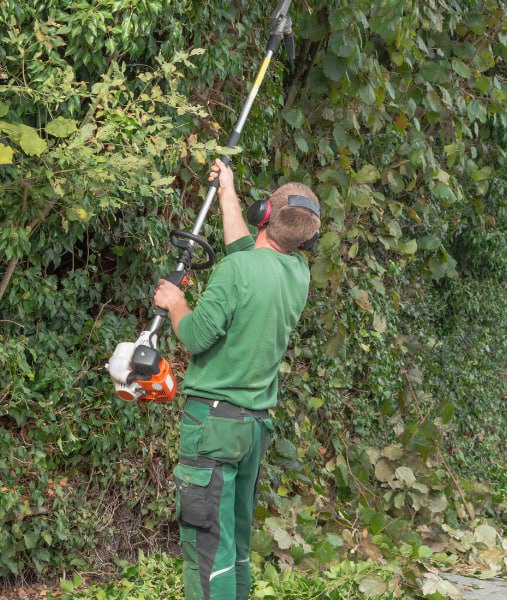
Introduction: Our natural ecosystems are constantly threatened by invasive species that disrupt the delicate balance of local flora and fauna. As fundamental components of these ecosystems, trees are not exempt from these threats. In this blog post, we’ll explore the issue of invasive species affecting trees and discuss how to protect them, preserving the beauty and integrity of our landscapes for generations to come.
The Impact of Invasive Species on Trees
Invasive species are non-native plants, animals, or microorganisms that establish themselves in a new environment and negatively impact native species. When it comes to trees, invasive species can cause severe ecological and economic harm:
- Competition for Resources: Invasive plants often outcompete native trees for essential resources like water, sunlight, and nutrients, decreasing tree growth and vitality.
- Disease Transmission: Some invasive species are vectors for diseases that can infect and devastate native tree populations.
- Altered Ecosystems: Invasive species can disrupt local ecosystems, affecting wildlife that depend on native trees for habitat and food.
- Reduced Biodiversity: The displacement of native trees by invasive species can lead to reduced biodiversity and a loss of unique ecological niches.
Common Invasive Species Affecting Trees
- Tree-of-Heaven (Ailanthus altissima): Originally from China, this invasive tree has become widespread in many parts of the world, including the UK. It can rapidly colonise areas, shading out native trees.
- Japanese Knotweed (Fallopia japonica): Known for its relentless growth, it can damage infrastructure and disrupt natural habitats, crowding out native vegetation.
- Himalayan Balsam (Impatiens glandulifera): This invasive plant produces attractive pink flowers but can spread rapidly, displacing native flora along riverbanks and waterways.
- Sycamore (Acer pseudoplatanus): Though not originally invasive, sycamore trees can hybridise with native maples, creating a risk of genetic contamination and displacement of native species.
- Rhododendron (Rhododendron ponticum): This evergreen shrub has become invasive in the UK, forming dense thickets that inhibit native tree regeneration.
How to Protect Trees from Invasive Species
- Early Detection and Monitoring: Regularly inspect your trees and surrounding areas for signs of invasive species. Early detection is critical to preventing their establishment.
- Proper Plant Selection: When landscaping, choose native tree species or non-invasive alternatives to help maintain the local ecosystem’s integrity.
- Control and Removal: Following best management practices, if invasive species are detected, immediately control or remove them. This may involve mechanical or chemical methods.
- Quarantine and Education: Be aware of the potential risks of transporting plants and soil from one area to another. Educate yourself and others about the dangers of invasive species.
- Collaborate with local conservation organisations, tree surgeons, and government agencies to develop and implement invasive species management plans.
Conclusion: Protecting trees from invasive species is crucial for preserving the health and biodiversity of our natural environments. By staying vigilant, choosing native species, and taking action when necessary, we can help ensure that our trees continue to thrive and play their vital role in our ecosystems. Together, we can safeguard the beauty and resilience of our landscapes for future generations to enjoy.
Call us on: 01843 264695
Click here to find out more about Ramsgate Tree Surgeons
Click here to complete our contact form and see how we can help with your tree’s needs